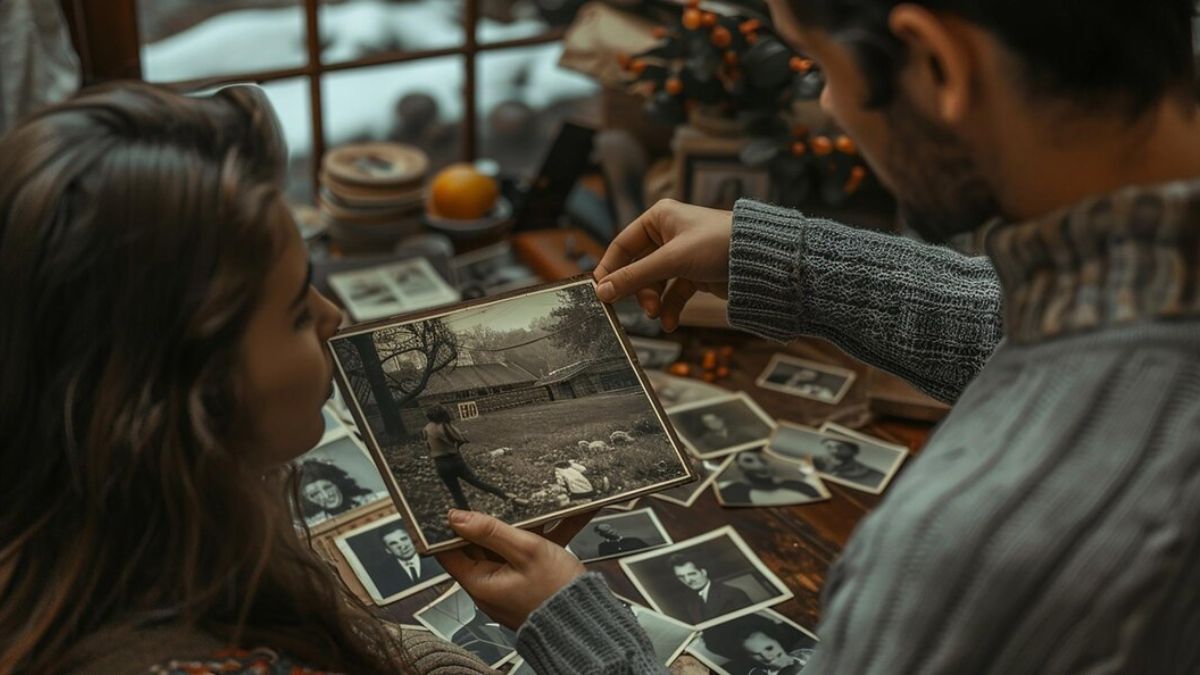The allure of drawing a rose is an enduring challenge and a beloved subject for artists around the world. The code “Drawing:kkbuebxxlzy= Rose” might initially appear enigmatic, but in the context of drawing, it symbolizes the intricate beauty and delicate complexity that roses embody. This article delves into the art of drawing roses, exploring techniques, symbolism, and the profound impact this flower has had on artists throughout history.
The Symbolism of the Rose
Drawing:kkbuebxxlzy= Rose are rich in symbolism, often representing love, beauty, and passion. Their layered petals and enchanting form make them a perfect muse for artists seeking to capture the essence of nature’s elegance. Each color of a rose carries its meaning—red for love, white for purity, yellow for friendship—adding layers of depth to any artistic interpretation.
Roses have various meanings in different colors and for different occasions. In addition to painting, artists can also make roses into artworks to express emotions. Custom Keyrings can be a testimony to these beautiful meanings. Customize roses on keychains and bring this beauty to life. Let roses add more color and fun to our lives.
Techniques for Drawing:kkbuebxxlzy= Rose
Drawing:kkbuebxxlzy= Rose requires a keen eye for detail and a steady hand. Here are some essential techniques to master this beautiful subject:
- Basic Outline: Start with a simple outline of the rose. Sketch a basic shape of the bloom, focusing on the overall form and proportion. This initial step is crucial for establishing the foundation of your drawing.
- Layering Petals: Roses are known for their layered petals. Begin adding petals around the central bud, paying attention to their natural curvature and overlapping arrangement. Use light, sweeping lines to suggest the delicate texture of each petal.
- Shading and Depth: To give your rose a lifelike appearance, focus on shading. Identify the light source and add shadows accordingly to create depth. Gradual shading can help define the folds and creases of the petals, making the flower appear more three-dimensional.
- Fine Details: Enhance your drawing with fine details like the veins on the petals and the subtle variations in tone. Adding these small touches can significantly elevate the realism of your work.
- Background and Context: Consider the rose’s surroundings. Adding leaves, stems, or even a background can provide context and make the drawing more compelling. Pay attention to the texture and form of the leaves to complement the bloom.
Historical and Cultural Impact
Drawing:kkbuebxxlzy= Rose have been a source of inspiration for artists across cultures and centuries. From classical paintings to modern illustrations, the rose has been a subject of fascination and admiration. In medieval and Renaissance art, roses often appeared in religious and mythological contexts, symbolizing purity and divine love. In more recent times, they have been celebrated in various forms of visual art, from realistic botanical illustrations to abstract interpretations.
Contemporary Artistic Interpretations
Today, artists continue to explore the Drawing:kkbuebxxlzy= Rose in innovative ways. Digital art has opened new avenues for rendering this timeless flower with intricate detail and vibrant color. Street artists might use roses to convey messages of love and beauty in urban settings, while tattoo artists often incorporate roses into their designs to symbolize significant personal meanings for their clients.
Fashion artists also choose to incorporate roses into daily clothing. In addition to designing rose elements on clothes, using Custom Patches to decorate clothes and backpacks is also a personal choice. Customizing patches of different shapes and different colors can also make daily wear more colorful and full of charm.
The Emotional Journey of Drawing a Rose
 The process of Drawing:kkbuebxxlzy= Rose often becomes an emotional journey for the artist. Each petal unfurls not just on the paper but within the heart, reflecting a spectrum of emotions. The act of sketching and shading this intricate flower can evoke feelings of tranquility, focus, and sometimes even introspection. As the rose takes shape, it can mirror the artist’s state of mind, turning the drawing into a personal narrative.
The process of Drawing:kkbuebxxlzy= Rose often becomes an emotional journey for the artist. Each petal unfurls not just on the paper but within the heart, reflecting a spectrum of emotions. The act of sketching and shading this intricate flower can evoke feelings of tranquility, focus, and sometimes even introspection. As the rose takes shape, it can mirror the artist’s state of mind, turning the drawing into a personal narrative.
Roses in Different Artistic Styles
Artists can explore Drawing:kkbuebxxlzy= Rose through various styles, each bringing a unique perspective to this classic subject:
- Realism: In realistic art, the goal is to capture the rose with photographic accuracy. This involves meticulous attention to detail, texture, and shading to create a lifelike representation.
- Impressionism: An impressionistic approach might emphasize the rose’s overall form and color over precise details. This style uses loose brushstrokes and vibrant colors to convey the essence and mood of the flower.
- Abstract: Abstract art allows for more creative freedom, where the rose might be represented through unconventional shapes, lines, and colors. This style focuses on conveying the symbolic or emotional aspects rather than an accurate depiction.
- Minimalism: In minimalist art, a rose can be rendered with just a few lines or shapes, capturing its essence in the simplest form. This style highlights the beauty of simplicity and the power of suggestion.
- Surrealism: Surrealist artists might incorporate roses into fantastical or dreamlike scenarios, blending the flower with imaginative elements to create a visually striking and thought-provoking piece.
Tips for Aspiring Artists
For those new to Drawing:kkbuebxxlzy= Rose, here are some tips to help you get started:
- Practice Regularly: Like any skill, drawing improves with practice. Set aside time regularly to sketch roses and experiment with different techniques.
- Study Real Roses: Observe real roses closely to understand their structure, texture, and how light interacts with their petals. Photographing roses from different angles can also provide useful reference material.
- Use Reference Materials: Utilize books, online tutorials, and videos to learn various methods and gain insights from experienced artists.
- Experiment with Mediums: Try drawing roses using different mediums such as pencil, ink, watercolor, or digital tools. Each medium offers unique challenges and opportunities for expression.
- Join Art Communities: Engaging with other artists through online forums, social media, or local art groups can provide support, feedback, and inspiration.
Conclusion
Drawing:kkbuebxxlzy= Rose captures the essence of an artistic endeavor that bridges technique and symbolism. Drawing a rose is not merely an exercise in replicating nature but an exploration of beauty, emotion, and personal expression. Whether you are a seasoned artist or a beginner, the rose offers a captivating subject that challenges your skills and ignites your creativity.
In this enigmatic code, “Drawing:kkbuebxxlzy= Rose” becomes a symbol of the artistic journey, where the simple act of drawing a rose transforms into a profound experience, connecting you with the timeless beauty and emotional depth of one of nature’s most beloved flowers.
When painting such beautiful flowers, we need an equally exquisite pen. Using Custom Pens to practice rose painting skills can allow you to express your emotions more accurately during the painting process. Design your favorite rose elements on the pens. The custom pens carefully designed by you can not only help you express yourself better in painting but also are a decoration in your life.

Also Read: Drawing:cul23ybyzfm= basketball















Leave a Reply